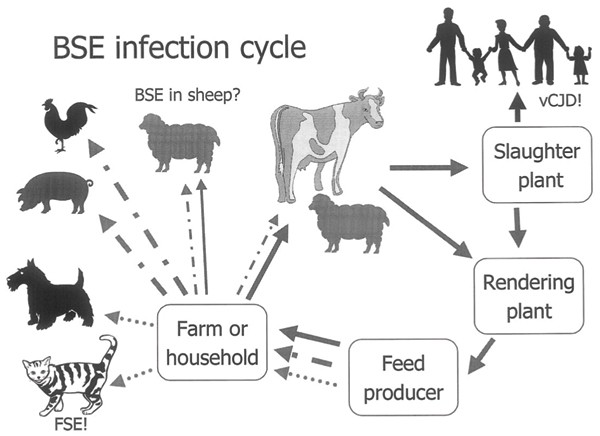Ribosomes
Central dogma of molecular genetics, postulates the genetic information flows from nuclei acid to protein. Concept was put forward by H C Crick in 1958. It is a 3 step process
· Replication
· Transcription
· Translation
DNA Transcription RNA Translation Protein
Translation: Genetic message coded in mRNA is translated into proteins with a specific sequence of amino acids
Ribosomes: Site of protein synthesis. First identified by Paul Zamecnik in 1950
Ribosomes in prokaryotes
Ribosomes in prokaryotes seen in cytoplasmic matrix and also bound to plasma membrane of the cell. Ribosomes in cytoplasmic matrix produce proteins within the cell where as ribosomes bound to plasma membrane make proteins for transport to the outside.
Size –small
It is made up of both protein and ribonucleic acid. It is commonly known as 70S ribosomes constructed by 50S and 30 S subunits.50S subunit contains 23S rRNA,5S rRNA and 34 different proteins.30S subunit contains 16SrRNA and 20 different proteins.
It has dimension 14-15nm x20 nm
Molecular weight 2.7 million
Ribosomes in eukaryotes
Larger than prokaryotic ribosome. Commonly known as 80S ribosome. It is a dimer of 60S and 40S subunits. 60S subunit contains 28S,5.8S and 5S rRNA and also 50 ribosomal proteins.40S subunit contains 18S rRNA and 35 ribosomal proteins.
Ribosomes in cytoplasmic matrix produce proteins within the cell where as ribosomes bound to endoplasmic reticulum to form rough endoplasmic reticulum .Both these ribosomes synthesize proteins.
Molecular chaperones :aid the proper folding of proteins after synthesis.
Polysomes or Polyribosomes: Complex of mRNA and several ribosomes


Comments
Post a Comment